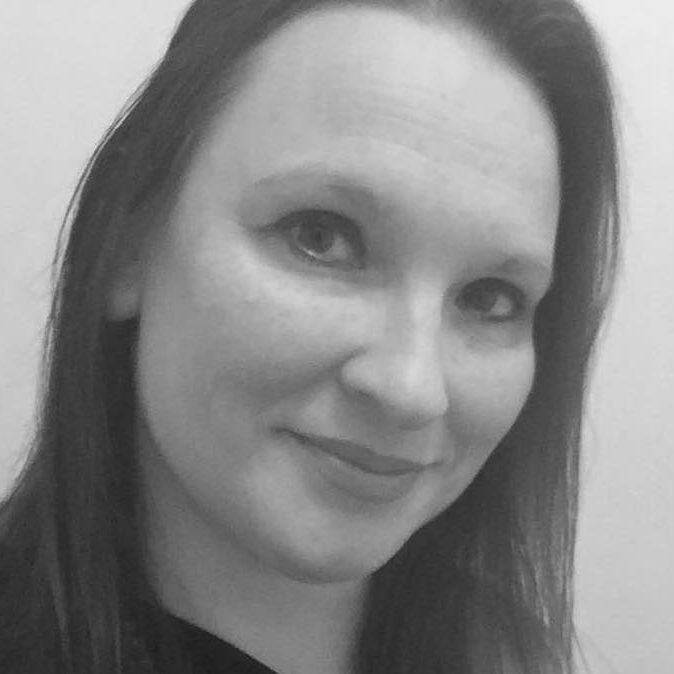MIRANDA MILNER, 18
High School: Milken Community Schools
Going to: George Washington University
AUSTIN SHALIT, 18
High School: Milken Community Schools
Going to: Worcester Polytechnic Institute
Miranda Milner and Austin Shalit have been friends since they were kids, and now the Encino teens are graduating seniors at Milken Community Schools, looking ahead to college and professional futures in engineering, robotics and artificial intelligence that will also help shape the world’s vision of the future.
As co-captains of the Milken Knights robotics team, Miranda and Austin led their squad in a six-week process to design, fabricate and test a robot in time for competition at the FIRST Robotics World Championship. This year’s challenge charged the team to build a robot that could breach opponents’ fortifications, and weaken and capture the opposing tower. The Knights built a catapult to throw “boulders” (foam balls) at the opponents’ tower.
“Our robot was also capable of traversing many of the defenses in place to defend the other team’s tower through the use of large pneumatic wheels,” Miranda said.
This year, Milken’s team achieved its highest ranking to date, placing 26th out of 600 teams.
“I’ve always been a quiet person, and robotics has made me a much louder and outgoing person because it gave me a space where I felt truly comfortable,” Miranda said. “I have always had an interest in science and art, and once I got to high school, I found that engineering is actually kind of a perfect marriage between them, because it’s all the exactness that comes with science and all the creativity that comes with art.”
Austin said he found being on the robotics team was an essential part of his personal and intellectual growth.
“I have always been a science-slash-technology person,” he said. “I wasn’t going to be the kid to join the soccer team but I had to join a team; I needed the lessons you can learn from being on a team and also the fun. It’s fun to work with people … deal with different levels of thinking and different ideas, moderating interactions between people.”
Miranda explained that this year’s robot was a particular point of pride for her and the team. “The only thing we decided we cared about was whether or not the robot worked, and it did work, which was incredible. … We went back to engineering basics: We didn’t care how it looked, just about building a good robot.”
In addition to their regular schoolwork, the two are involved in a bevy of extracurricular clubs and social justice initiatives, and are generally busy helping friends and classmates. It’s no wonder that they both credit their time at Milken with helping them develop time-management skills.
For instance, Miranda juggled robotics with playing varsity volleyball and being assistant coach for the boys volleyball team. She also engaged in social action on behalf of hunger relief and volunteered at a local animal sanctuary. Austin runs a tech-support business and uses the income to fund his travels to school robotics competitions. He also is known as a source of support and help for other students.
“Whenever someone needs something, I’m just there to take care of it,” he said. “They can ask me and I’ll take care of it or point them in the right direction.”
His schoolmates found him so helpful that at Milken’s siyum (closing awards ceremony), Austin was awarded the Head of School Award. At the same ceremony, Miranda was honored with the Mitchell Academy of Science and Technology Nat Stoller Scholarship Award.
The precise borders of their professional futures are as yet undefined, but both see the opportunities ahead.
“I really want to do something interesting in the world,” Austin said, pointing to a company like SpaceX as an example. “I think it would be amazing to say, ‘I helped program the fuel flow’ or ‘I programmed the rocket to land,’ that I can look at something and say, ‘I helped make that happen.’ ”
Miranda anticipates that her interest in engineering and art will combine during her college years toward her work in artificial intelligence. Last summer, she worked at the USC Laboratory of Neuro Imaging, where she tracked infant brain development through the growth of neural pathways, trying to understand how to reverse engineer the human brain, a vital step in developing artificial intelligence.
On a more fanciful note, she also has recently discovered a passion for “painting her friends,” using their skin as canvas. “I’m obsessed with ‘Face Off’ [a TV show about movie makeup],” she said. “Not many people see the connection between art and science, but it’s [all] about coming up with something new.”






















 More news and opinions than at a Shabbat dinner, right in your inbox.
More news and opinions than at a Shabbat dinner, right in your inbox.